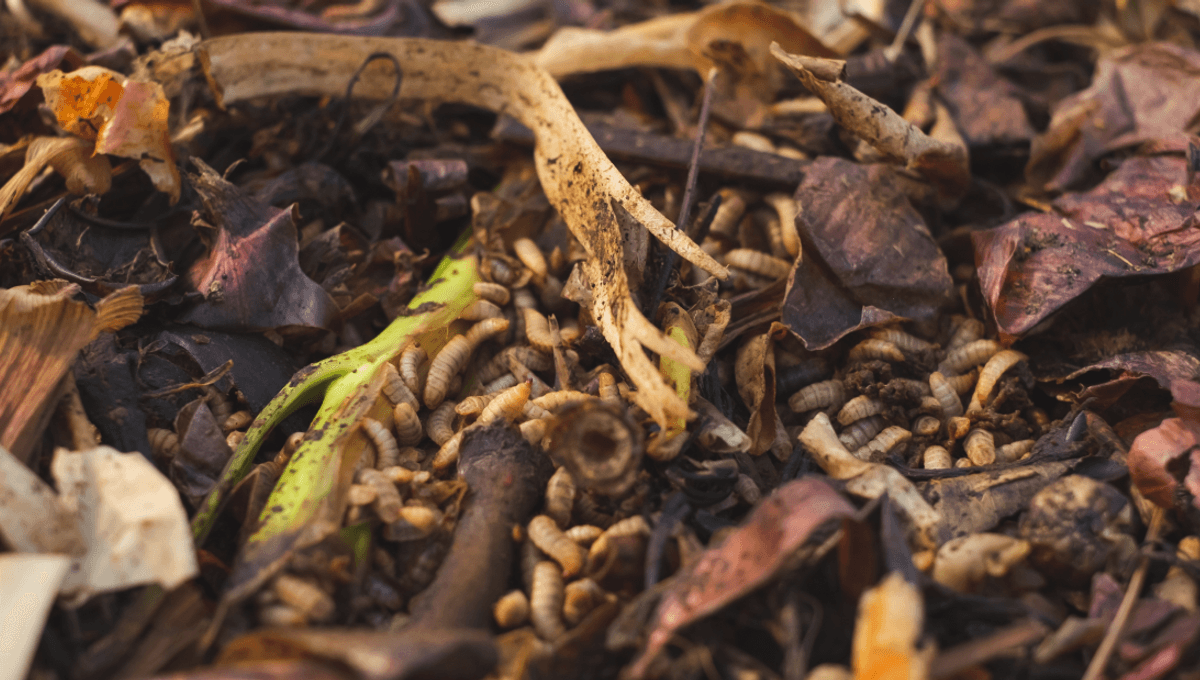
A new study has found a curious connection between human corpses that seems to be universal regardless of the location or environmental conditions in which they break down. It looked at the microbial network and found key bacterial and fungal decomposers that are rare in the wider environment, but consistently present in decaying human flesh.
The assembly of microbes needed to break down dead bodies makes up part of the “decomposition ecosystem,” something forensic entomologist Dr Devin Finaughty spoke about at IFLScience’s CURIOUS Live 2023 virtual event. They contribute to a vital recycling process that prevents us from having to deal with a surplus of corpses in the environment by decomposing organic remains.
“Decomposition is technically defined as the consumption of organic material by other organisms, [and is] distinct from physical degradation of organic remains by physical, erosive forces, like water,” Finaughty, who wasn’t involved in the new study, told IFLScience. “The decomposition system pivots around the dead body as a resource and that’s mainly for food, but many organisms will also use it as a breeding ground as a nursery, and as a shelter.”
It might sound grim but it’s a crucial part of life, as the recycling of dead material is how core ecosystem functions like plant production and soil respiration are fueled. We know microbial networks are a vital ingredient for decomposition to occur, but their exact ecology “remains in a black box, obscuring our ability to accurately understand and model ecosystem function, resilience and biogeochemical carbon and nutrient budgets,” explain the study authors.
To get a better idea of how decomposer microbial communities assemble, and who shows up when they do, a team of researchers buried 36 human cadavers that had been willed to science. The burial sites and study windows included three distinct locations and environmental conditions, and encompassed the four seasons, with researchers taking samples of the skin and surrounding soil for 21 days postmortem.
The results revealed that the roster of microbes present was universal across their sample of 36 cadavers, regardless of the place they were buried, or what time of year it was. The groups were also rare in non-decomposition environments, indicating that they only flock together in the presence of fleshy remains, be they human or animal. As for how the gang gets together, the authors suggest that insects may play a role in transporting fungi and bacteria from one decomposing animal to the next.
As well as providing a curious connection between dead animals in the environment, the study could have important implications for forensic science in determining time of death. The study authors were able to use a machine learning model to accurately estimate how long corpses had been dead based on the microbial timeline of their decomposition, highlighting these tiny communities as a potential source of crucial information in an investigation.
The study is published in Nature Microbiology.
Source Link: Decomposing Human Corpses Have Been Found To Share One Curious Characteristic